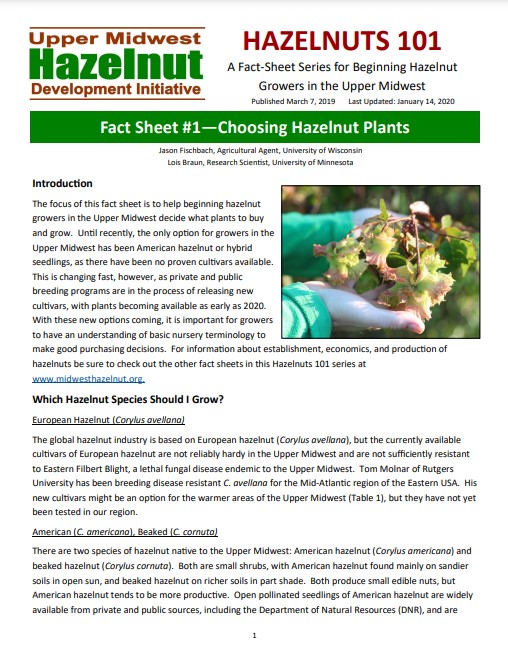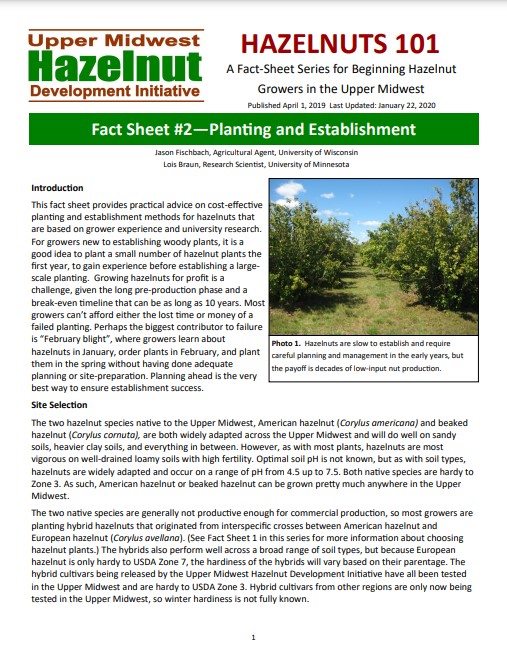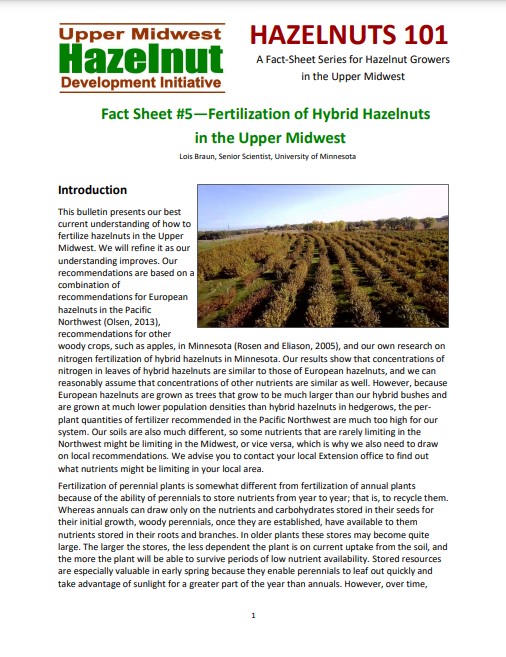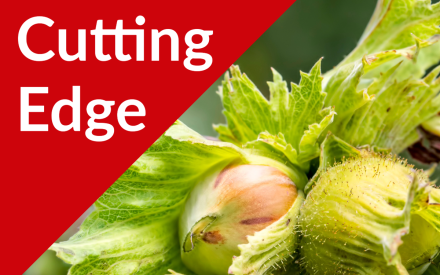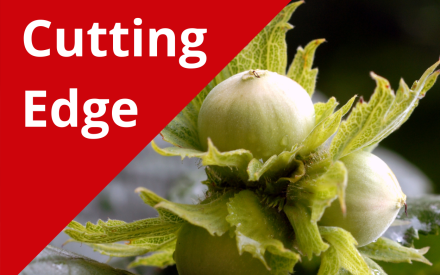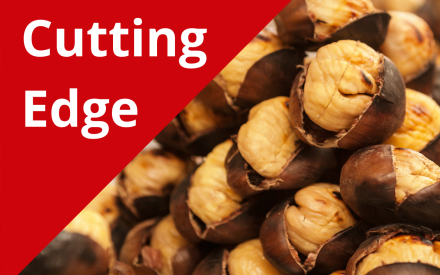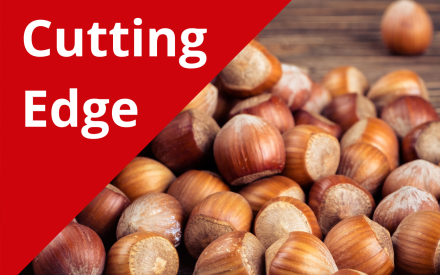Hazelnuts
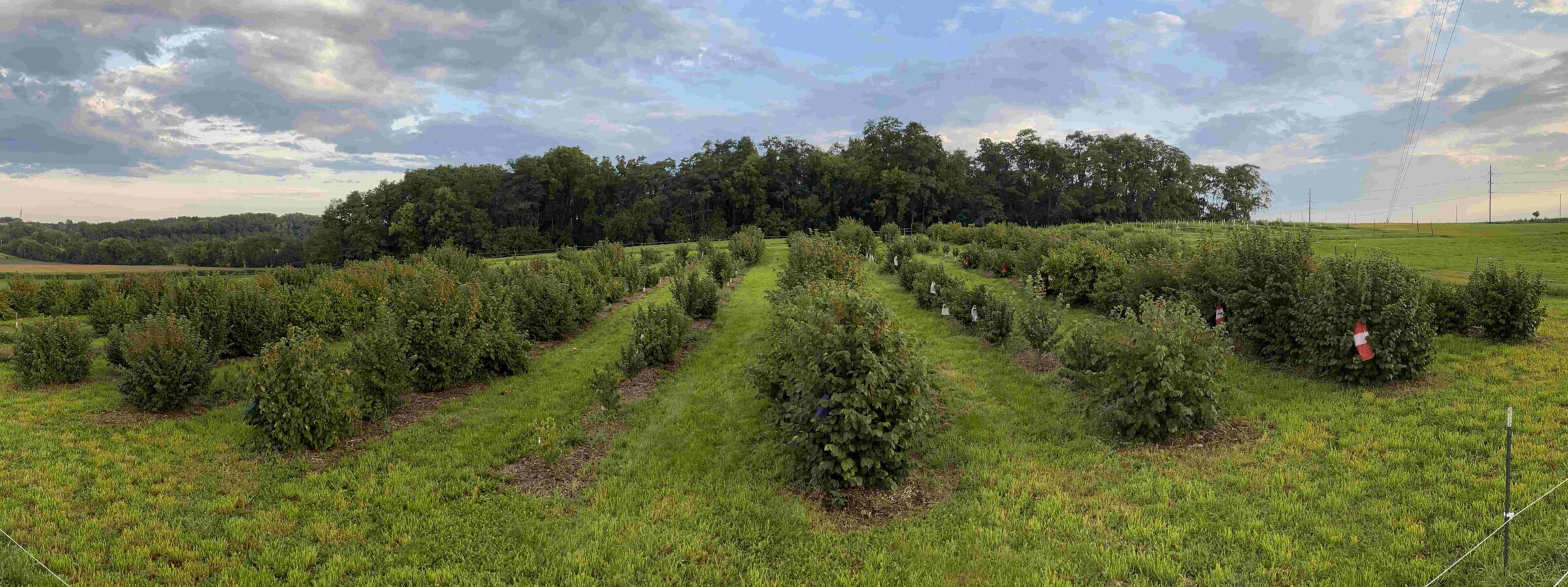
HAZELNUTS
Crop Profile
Hazelnuts are endemic to Wisconsin and the Upper Midwest. American hazelnut (Corylus americana) is widely adapted, but is primarily found on open sites on sandy soils. Yields can be high, though the nuts tend to be small with thick shells. Beaked hazelnut (Corylus cornuta) is more shade tolerant and can be found in the understory on more mesic soils. Yields are generally low and kernel size is small. Though the nuts from both species are edible (and quite tasty), they are not widely grown by farmers except in wildlife or conservation plantings. Hazelnuts are big business elsewhere in the world, particularly in Turkey where the majority of global production occurs. Production is from selections of European hazelnut (Corylus avellana), which produce high yields of large nuts with thin shells.
In the United States, current hazelnut production is limited almost exclusively to the Willamette Valley of Oregon where there is roughly 80,000 acres of production, more than half of which has been planted in the last five years in response to growing global demand for hazelnuts. There has been an active breeding program in Oregon with a number of high quality cultivar releases. Though early adopter growers in the Upper Midwest have tried growing these cultivars in the Upper Midwest, they are not sufficiently well adapted to our region to support commercial production. First, they are not winter hardy and growers that have tried them regularly experience dieback from cold injury. Second, they are not sufficiently resistant to Eastern Filbert Blight, a fungus that is endemic to the Upper Midwest and is lethal to susceptible genotypes.
Get Involved!
Instead of the wild American and Beaked species or the European varieties, growers in the Upper Midwest are growing hybrid hazelnuts, which are typically offspring from crosses between American and European hazelnuts. The goal of these crosses is to combine the disease resistance and winter-hardiness of American hazelnut with the nut size and productivity of the European hazelnut. Badgersett Research Corporation (Canton, MN) and Forest Agriculture Enterprises (Viola, WI) sold thousands of hybrid seedlings to early-adopter growers in the 1990s and 2000s. As of 2010, survey work found nearly 200 growers with 40,000+ plants in total. Forest Ag is still selling seedlings. Badgersett is no longer in business, but the Experimental Farm Network is selling seedlings from the Badgersett breeding populations.
In 2007, the University of Minnesota and University of Wisconsin formed the Upper Midwest Hazelnut Development Initiative (UMHDI) to better understand the production potential of these plantings and assist with developing improved germplasm. Field trials found that although the average yields of these plantings were too low to support commercial production, there were individual plants with excellent yield and nut quality traits. These top plants were evaluated at multiple locations from 2009 to 2017 and the best of the best were chosen as the “UMHDI 1st Generation Selections”. Propagation is currently underway to get this material out to growers. The UMHDI has also been making new crosses among these best plants to release even better material sometime in the future. A full description of available plant material for the Upper Midwest can be found at the “Buy Plants” page of the UMHDI website.
In addition to germplasm improvement, the UMHDI has been working to support the emerging industry. Research has shown that straddle-type blueberry pickers can work well to harvest hazelnuts with some modifications to material handling. The UMHDI Hazelnut Processing Accelerator in Ashland, WI is a fully-licensed hazelnut processing facility available to any grower that needs help turning their in-shell hazelnuts into saleable kernel. The American Hazelnut Company was formed in 2014 and is a grower-owned processing and marketing company that aggregates member-grown hazelnuts, turns them into value-added products, and sells to markets across WI and MN.
Markets
Plant Material
Production
Resources and information
Read
Below are some key publications from the Upper Midwest Hazelnut Development Initiative to get you started. For more information and publications check out the UMHDI website.
Watch
Webinars and videos are a great way to learn about hazelnuts. You might also be interested in the annual UMHDI Conference Proceedings. Find more videos on our YouTube channel.
Listen
More Resources
Choosing Plants For a Hazelnut Orchard in New Jersey
Growing Hazelnuts in the Pacific Northwest
Guide to Hazelnut Production in Ontario
University of Wisconsin-Madison Fruit and Nut Compass (financial planning tool)

